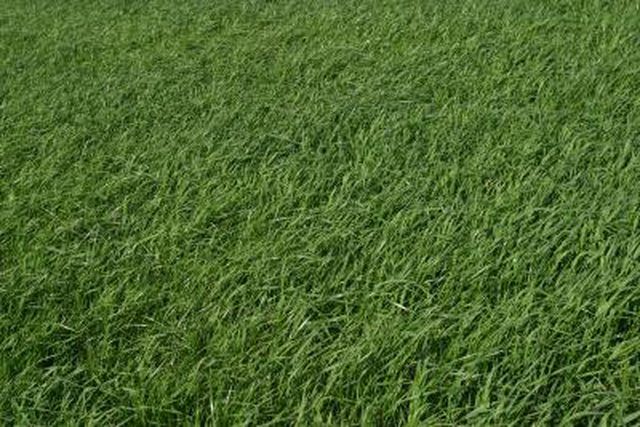Bulbs
Flower Basics
Flower Beds & Specialty Gardens
Flower Garden
Garden Furniture
Garden Gnomes
Garden Seeds
Garden Sheds
Garden Statues
Garden Tools & Supplies
Gardening Basics
Green & Organic
Groundcovers & Vines
Growing Annuals
Growing Basil
Growing Beans
Growing Berries
Growing Blueberries
Growing Cactus
Growing Corn
Growing Cotton
Growing Edibles
Growing Flowers
Growing Garlic
Growing Grapes
Growing Grass
Growing Herbs
Growing Jasmine
Growing Mint
Growing Mushrooms
Orchids
Growing Peanuts
Growing Perennials
Growing Plants
Growing Rosemary
Growing Roses
Growing Strawberries
Growing Sunflowers
Growing Thyme
Growing Tomatoes
Growing Tulips
Growing Vegetables
Herb Basics
Herb Garden
Indoor Growing
Landscaping Basics
Landscaping Patios
Landscaping Plants
Landscaping Shrubs
Landscaping Trees
Landscaping Walks & Pathways
Lawn Basics
Lawn Maintenance
Lawn Mowers
Lawn Ornaments
Lawn Planting
Lawn Tools
Outdoor Growing
Overall Landscape Planning
Pests, Weeds & Problems
Plant Basics
Rock Garden
Rose Garden
Shrubs
Soil
Specialty Gardens
Trees
Vegetable Garden
Yard Maintenance
How to Install Grass Pads
How to Install Grass Pads. Grass pads, or sod, provide a lush, uniform green lawn without the wait time, unlike a seed-started lawn. They do, however, require plenty of preparation and care if they are to grow roots in the soil. For the best results, install the sod on the day of purchase so that the grass doesn't die. You can install sod from...

Grass pads, or sod, provide a lush, uniform green lawn without the wait time, unlike a seed-started lawn. They do, however, require plenty of preparation and care if they are to grow roots in the soil. For the best results, install the sod on the day of purchase so that the grass doesn't die. You can install sod from early spring through late fall and even winter in warmer climates. If you lay sod in the summer, do it in the morning to avoid the hot, drying sun.
Things You'll Need
Tiller
Sand
Grass starter fertilizer
Broadcast spreader
Rake
Garden hose, with shower attachment
Sprinkler
Moisture meter probe or stiff wire
Till the soil to a depth of 6 to 8 inches. If the soil is heavy clay, mix in 2 or 3 inches of sand.
Apply a grass starter fertilizer to the soil, such as 24-25-4, in a thin, even layer with a broadcast spreader according to the manufacturer's instructions. Rake it into the soil to a depth of 1 inch and water it in. Wait one or two days before laying the sod so that the soil is still moist but not muddy.
Even out the soil with a rake to fill in any high or low spots, and ensure the soil is about 1 inch below any graded surfaces.
Moisten the sod before working if it feels dry. Sod breaks easily when dry, but don't completely saturate it with water. Handle it carefully to avoid breaking it.
Roll out the first row of sod along the edge of your yard or landscape, preferably next to a walkway if you have one. Lay the end of the next one up against the end of the first row, leaving no space between rows. Continue this until you reach the end of your yard. For the next row, stagger the ends so they look like a brick pattern. Cut the ends with a sharp knife to fit.
Pat down the sod with the back of the rake to prevent air pockets and smooth it out.
Water the sod until the soil is wet to a depth of 6 to 8 inches, using a sprinkler or garden hose with a shower attachment. Check the moisture level with a moisture meter probe or wire.
Tips & Warnings
Keep the sod cool and moist while working with it to prevent it from breaking or dying, especially on hot, sunny days.
Use a garden hose or string as a guide when cutting sod.
Don't walk on the grass pads for at least 2 weeks after laying them down.